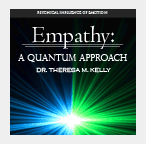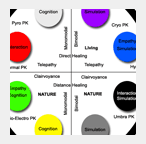Empathy
Parapsychology Articles, Papers and Books
Home > Articles > Psychical Phenomena > Extrasensory Perception > Empathy
![]()
|
| NEWSLETTERS |
| Get the best from QPsychics.com in your inbox! |
|
| PARAPSYCHOLOGY ORGANIZATIONS |
"With confidence in the importance of utilizing the investigative mode of the established sciences in order to inquire into the authenticity and to potentially explain the nature of psychical phenomena."  |
 |
 |
 |
 |
| Emotional Regulation and Empathic Processes
Empathy is the psychical influence of emotion via experient influence over the emotional basis of consciousness and the mental and physiological processes associated with a wide variety of emotional experiences. In regards to emotional regulation and psychical empathists, there are two primary types of regulation strategies, one with a specific point prior to emotional stimuli, and one subsequent to emotional stimuli. These strategies can be utilized to modify one’s own emotions regardless of the source by influencing the emotions they experience, when they experience them, and how they experience and express those emotions. The first type of regulation strategy is called antecedent-focused, which refers to what an empathist does prior to experiencing a particular emotion and can influence their physiological and behavior responses (e.g. viewing a failure as an opportunity to try something new). Steps:
Next Page 1 - 2
|
|||

